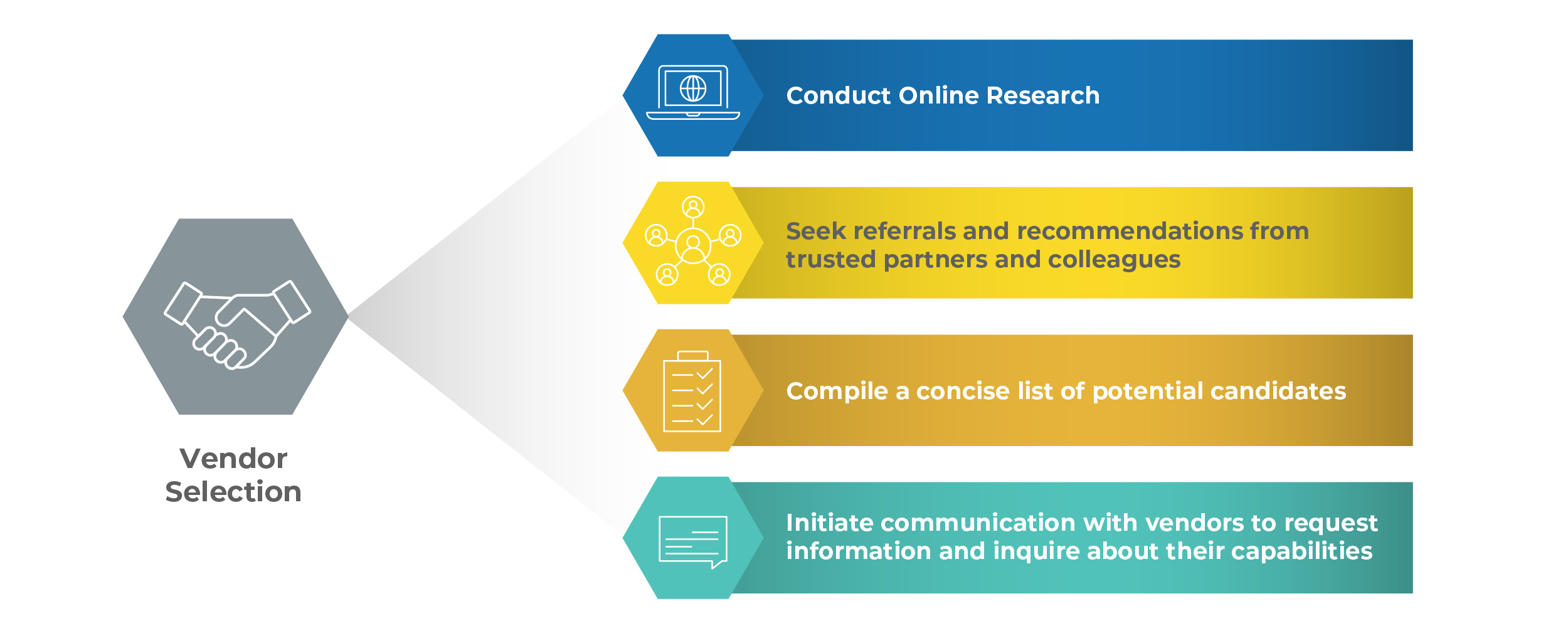With a focus on people, process, and technology, Sequoia Biotech Consulting empowers life science organizations with the knowledge and expertise needed to develop and execute their lab relocation strategies with confidence.
By Jasmina Xie, Sr. Project Manager and Construction Manager, Sequoia Biotech Consulting

Typically, when our clients are considering relocating their laboratories or facilities, it often indicates a positive trajectory of growth and advancement within their organization. However, many encounter a common challenge: they lack the internal technical and relocation expertise necessary to orchestrate a seamless laboratory move, a critical factor in minimizing downtime and preventing disruptions to daily operations and research activities. This highlights the importance of engaging experienced relocation engineers and technical project managers, whose expertise can significantly enhance operational efficiency during the transition to a new laboratory facility. At Sequoia Biotech Consulting, we’ve provided support to hundreds of life science organizations in developing and executing their lab relocation plans. Whether driven by capacity constraints, the need for expanded research activities, or compliance demands, we’ve guided our clients through every phase of the process. In this article, we’ll explore key strategies for maximizing efficiency within your laboratory relocation plan.
Establishing a Comprehensive Phased Move Plan
When an organization is ready to invest in a new laboratory facility to advance its growth objectives, developing a comprehensive move plan is essential. Employing a phased approach and initiating the planning process early are critical steps in minimizing operational disruptions and enabling a well-synchronized relocation process for your laboratory.
At Sequoia, we collaborate closely with our clients to develop relocation plans tailored to their laboratory’s operational schedules and construction timelines, carefully strategizing the optimal sequence for relocating personnel, equipment, and other critical materials, with a focus on maintaining our clients’ productivity and preserving research continuity. We also recognize the importance of assembling a cross-functional relocation team of essential stakeholders including facilities, project management, operations, external move vendors, as well as key subject matter experts such as calibration, commissioning, qualification, and validation (CQV), quality, and regulatory affairs. By engaging these key stakeholders early in the planning process, your organization will be better equipped to develop a comprehensive and well-informed relocation plan.

Figure 1. Example Relocation Core Team Structure.
As companies progress through their development lifecycle, the complexity of laboratory relocations tends to increase, driven by more stringent requirements. Safety, regulatory compliance, equipment inventory management, and data management become critical aspects of their laboratory’s phased move plan.
Figure 2. Key Lab Move Requirements & Considerations
For instance, ensuring safety compliance may entail following regulations concerning the transportation of hazardous materials, chemicals, and biological samples, which includes proper packaging, labeling, and documentation of these materials. Regulatory compliance may encompass meeting guidelines and standards such as Clinical Laboratory Improvement Amendments of 1988 (CLIA), College of American Pathologists (CAP), Good Laboratory Practice (GLP), or Good Manufacturing Practice (GMP), necessitating permits, licenses, certifications, and/or outside inspections. Additionally, the relocation team must consider the scope and complexity of moving sensitive laboratory equipment and instrumentation, accounting for factors like size and weight, fragility, calibration needs, and specialized handling requirements. Assessing the inventory of lab supplies, consumables, reagents, and samples is also essential to determine relocation priorities and ensure appropriate handling and storage of these materials. Furthermore, it is important to prioritize the secure transfer and backup of electronic data, research records, and laboratory information systems to uphold data integrity and accessibility throughout the relocation process. Collaboration with the relevant functional owners is critical for defining these requirements and integrating them into your phased move plan.

Identifying the Right Move Partner
Another critical factor for life science organizations to consider in their relocation strategy is the selection of the right moving partner equipped with the necessary expertise and resources to effectively relocate sensitive laboratory equipment and materials. Before embarking on the lab relocation process, conducting research to inform your move vendor selection is crucial and will help your relocation team in establishing appropriate oversight. Methods for selecting the right moving partner include conducting thorough online research, seeking referrals and recommendations from reliable colleagues and other vendors, and subsequently compiling a list of potential candidates. Engaging in in-person walk throughs and discussions with these potential vendors is an important step to evaluate their capabilities and experience, ensuring they can effectively meet the specific requirements of your lab relocation.

Figure 3. Strategies for Identifying the Right Lab Move Partner
Criteria for choosing a suitable move partner involve extensive experience in laboratory and facility relocations as well as ensuring they possess the expertise to navigate the intricacies of your particular move. Look for partners with a proven track record in handling sensitive lab equipment, cold chain logistics, and the flexibility to accommodate tight turnarounds. A comprehensive service offering—from preparation to post-move support—indicates a partner capable of overseeing the entire relocation process. Additionally, a commitment to clear communication and a positive culture further validates a vendor’s suitability.
The right partner will offer a realistic cost estimate, provide positive references from previous customers, identify and address distinctive challenges upfront, and demonstrate their ability to deliver a successful relocation within your required timeframe. At Sequoia, we leverage our extensive experience in lab relocations to support our clients in selecting vendors that align with their unique requirements. This helps to ensure they can confidently execute their lab move, supported by a professional team skilled in navigating the complexities of these types of projects.
Equipment Mapping and Process Optimization to Ensure Operational Continuity
During lab relocations, the primary objective is to minimize downtime, requiring a strategic and planned approach. This involves mapping the equipment layout in the new facility and scheduling necessary maintenance, calibration, and qualification to ensure assets are promptly returned to use.
Effective equipment mapping requires collaboration among the relocation team and representatives from various functional groups, including Quality, Lab Operations, IT, Facilities, and Engineering. By carefully mapping the placement of each piece of equipment, laboratories can ensure adequate space and utility availability, enabling a swift return to operations post-move. Additionally, the use of technologies such as computer-aided design (CAD) software can further facilitate the optimal design and mapping process for the new space. Once the equipment is placed in its final destination, the phased move plan becomes invaluable, allowing for immediate scheduling of equipment calibrations, qualifications, and other preventative and operational maintenance required for each asset. This proactive approach ensures that all instruments adhere to industry standards and are promptly ready for use upon arrival at the new facility, thereby sustaining productivity and minimizing any disruption to operations.
At Sequoia, we go beyond traditional support for our life science partners by offering comprehensive solutions in effective equipment mapping. Our team not only provides the technical and engineering expertise required, including proficiency in essential software tools, but also applies principles of operational excellence and 5S to laboratory relocations.

Figure 4. 5S principles (Sort, Set in Order, Shine, Standardize, and Sustain)
This holistic approach establishes a foundation for efficiency and continuous improvement throughout the process. It’s this unique combination of technical proficiency and commitment to operational excellence that sets us apart from other solutions providers. Our cross-functional team, which includes engineers, project managers, and Six Sigma and Lean methodology experts, is dedicated to maximizing the value of our clients’ relocation investments. By leveraging our collective expertise, we ensure heightened efficiency and productivity in their new facility, ultimately empowering them to achieve optimal business outcomes.
The Results of a Well-Executed Relocation Plan
A well-executed relocation plan should minimize operational downtime and set the organization up for optimal performance in their new facility. Operational excellence is instrumental in preparing labs for these types of transitions, emphasizing continuous improvement and process optimization within the relocation plan. A good relocation strategy should include tangible measures for your organization, driving enhanced efficiency, reduced operational expenses, and improved business outcomes future-state.
Sequoia Biotech Consulting provides comprehensive solutions to ensure the seamless execution of your lab relocation, allowing your team to concentrate on the work that matters most – advancing human health. By supporting your team in developing a detailed phased move plan, selecting the right move partners, strategically mapping your new lab layout, and implementing operational excellence and 5S principles, our goal is to ensure your organization is well-equipped for success and can hit the ground running in your new facility.
Schedule a complimentary consultation with one of our experts today. Learn more about how Sequoia can support your organization with its upcoming laboratory relocation.
